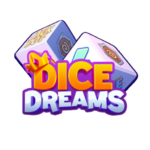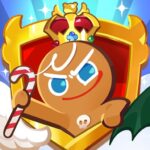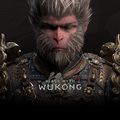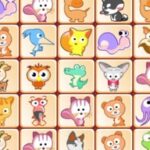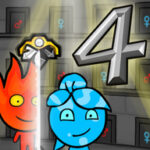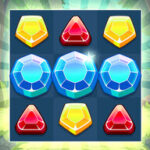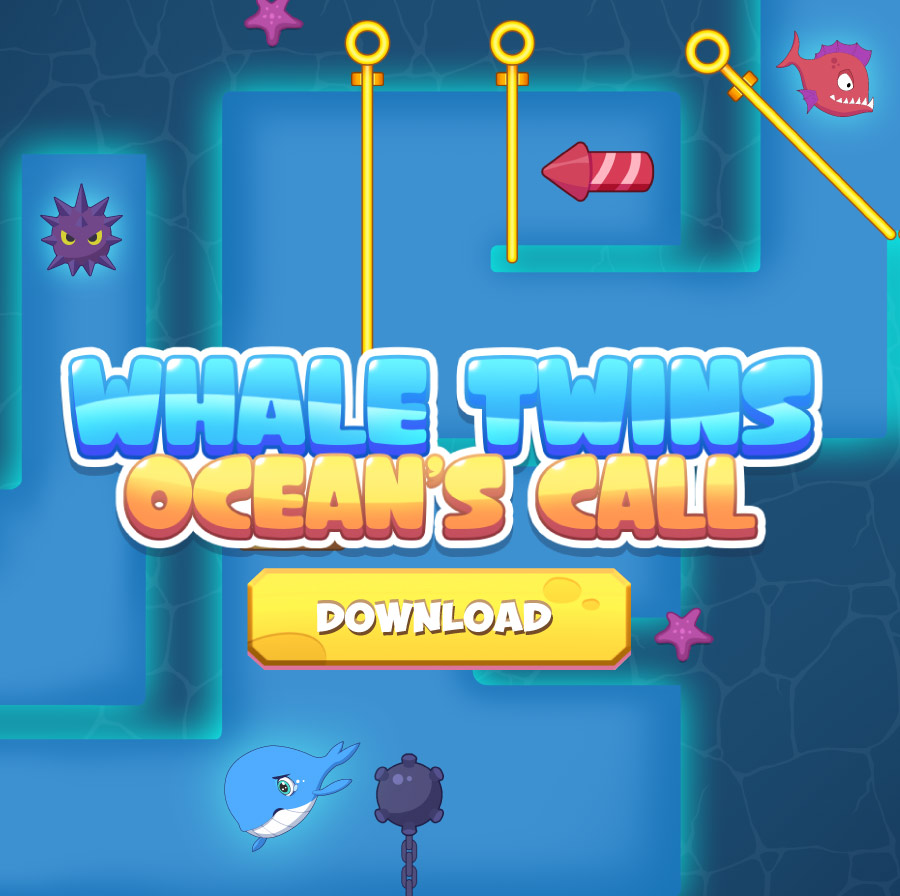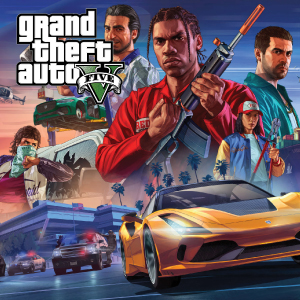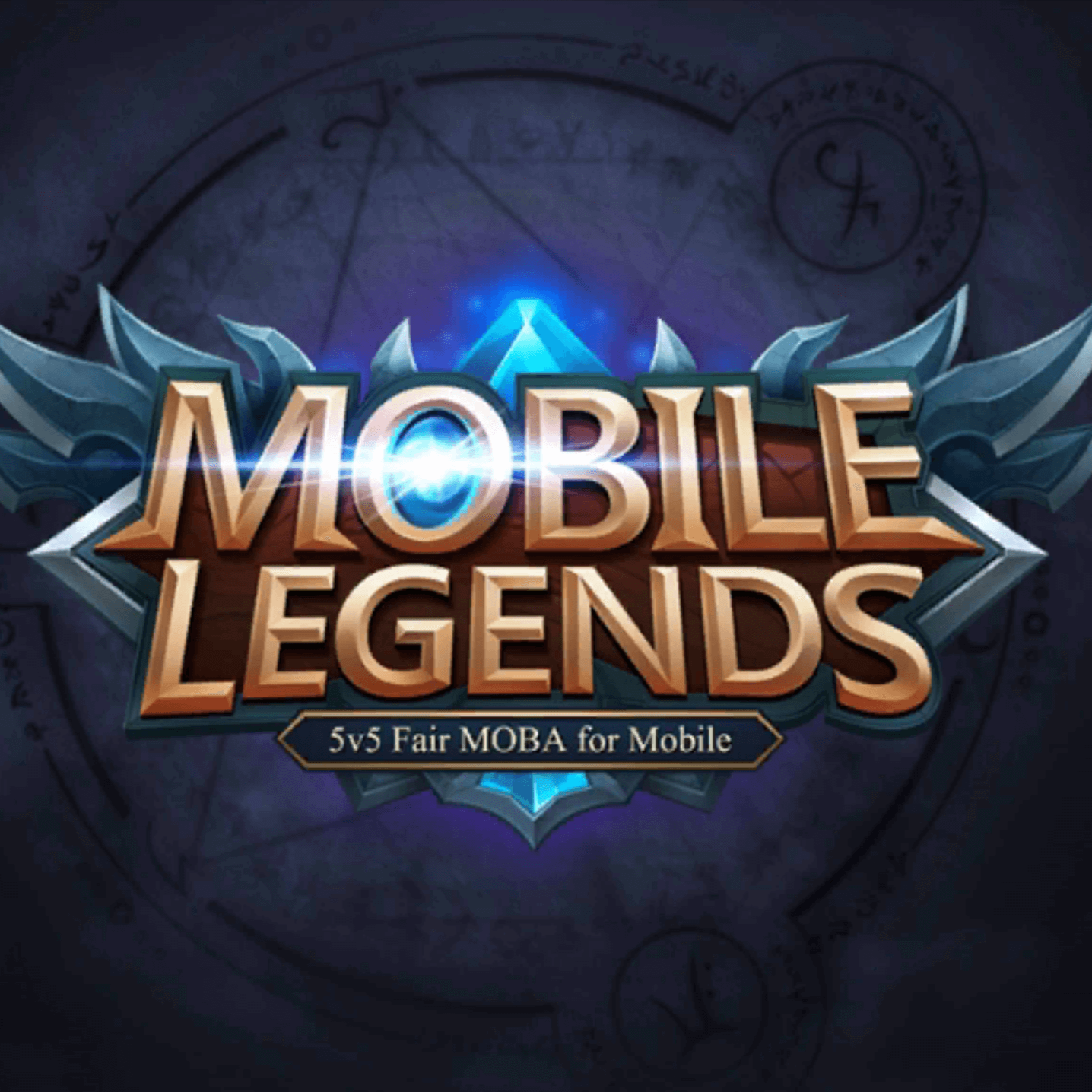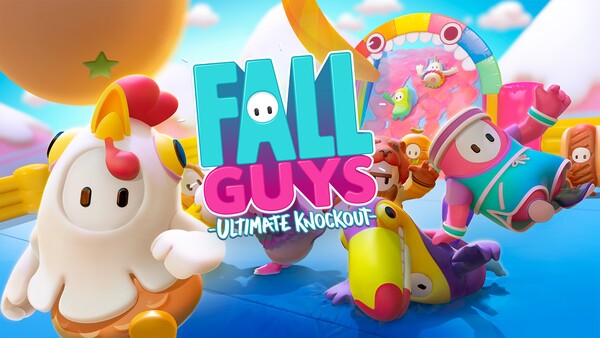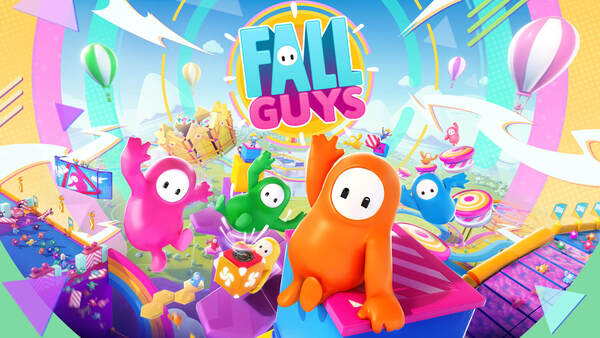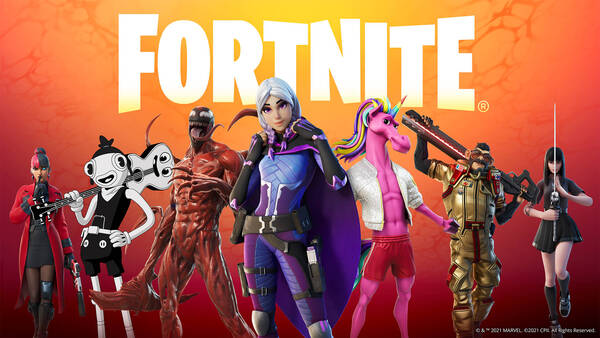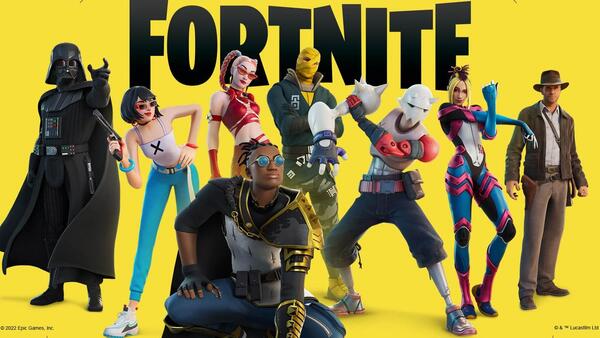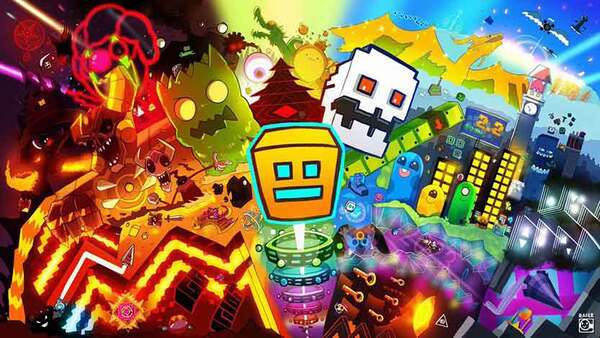Genshin Impact – An Open-World Epic that Redefined Free-to-Play RPGs
Since its global launch in September 2020, Genshin Impact has become more than a game—it’s a cultural phenomenon. Combining vast open-world exploration, real-time elemental combat, and gacha-inspired character collection, it has captivated millions of players across the globe.
But what makes it so special? And why has it held players’ attention for years? This in-depth article explores its journey, systems, strengths and weaknesses, and its place in modern gaming.
1. Origins & Development: How Genshin Impact Began
From Idea to Release
Developed by Chinese studio miHoYo (now HoYoverse), Genshin Impact started as an ambitious project inspired by games like The Legend of Zelda: Breath of the Wild.
Its vision was clear: build a free-to-play, cross-platform action RPG with AAA polish.
Global Strategy
miHoYo targeted worldwide audiences, localizing in multiple languages and releasing simultaneously on PC, PS4, iOS, and Android.
Its anime art style and blend of exploration and gacha mechanics struck a unique chord.
The result? A launch that exceeded expectations, quickly topping download charts.
2. Setting & Story: The World of Teyvat
A Mythical Continent
Genshin Impact is set in Teyvat, a land divided into seven nations, each inspired by real-world cultures and tied to an elemental Archon (god).
Players start in Mondstadt (inspired by Germany), journey through Liyue (China), Inazuma (Japan), Sumeru (Middle East/South Asia), and await future regions like Fontaine and Natlan.
The Traveler’s Journey
Players control the Traveler, searching for their lost twin while unraveling Teyvat’s mysteries.
The main story mixes lighthearted moments, deep lore, and darker undertones about gods, freedom, contracts, and ambition.
It’s both a personal journey and an epic mythos.
3. Gameplay Core: Exploration and Combat
Freedom to Roam
Climbing cliffs, gliding from mountains, swimming across rivers—Teyvat feels alive and explorable.
Hidden treasures, puzzles, and world quests reward curiosity.
Elemental Combat
Characters belong to elements (Pyro, Hydro, Electro, etc.).
Combos like Freeze fast, stylish, and surprisingly deep for a free game.
4. Characters: The Heart of Genshin Impact
Over 60 playable characters, each with unique skills, stories, and personalities.
Examples: Venti the carefree bard, Zhongli the stoic god of contracts, Raiden Shogun the conflicted ruler.
Constellations & Builds
Players can unlock constellations (character upgrades) via duplicates.
Artifacts, weapons, and talents allow for customization and optimization.
Collecting and building your team becomes as engaging as the main story.
5. The Gacha System: Luck, Spending, and Strategy
Wishes & Banners
New characters and weapons are obtained by “pulling” from banners using Primogems.
Featured banners rotate, tempting players to spend.
Free-to-Play vs. Whales
Free players can enjoy the game, though top-tier builds require luck or spending.
Critics argue the gacha model can encourage overspending.
Yet many appreciate miHoYo’s generous events and free Primogem rewards.
6. World Events & Live Service Model
Seasonal Events
Events like Lantern Rite, Windblume Festival, and Golden Apple Archipelago add fresh content.
Often include mini-games, limited-time quests, and free characters or weapons.
Regular Updates
Major patches roughly every 6 weeks add new characters, regions, and systems.
Keeps the community engaged and the game world ever-evolving.
Few live-service games match Genshin’s pace and scale.
7. Visuals & Audio: Anime Art Meets Orchestral Grandeur
Artistic Style
Hand-painted textures, soft lighting, and stylized models create an inviting world.
Each region has distinct architecture and color palettes.
Music & Voice Acting
Composer Yu-Peng Chen and HOYO-MiX deliver a rich orchestral soundtrack.
Full voiceovers in multiple languages (English, Chinese, Japanese, Korean) bring characters to life.
Soundtracks like Liyue’s “Rite of Descension” or Inazuma’s battle themes elevate every scene.
8. Community & Cultural Impact
Global Phenomenon
Cosplay, fan art, memes, and lore videos fill social media.
Influencers and streamers stream pulls and boss fights to huge audiences.
Cross-Platform Play
Play on PC, mobile, and console; progress transfers seamlessly (except PS-only features).
Fosters a shared community, regardless of platform.
Its success has reshaped perceptions of what mobile games can achieve.
9. Pros & Cons: Balanced View
Pros
Stunning open world and music.
Frequent updates keep content fresh.
Deep elemental combat and team building.
Strong storytelling and worldbuilding.
Cons
Gacha monetization can be predatory.
Resin system limits high-level rewards daily.
Some grind needed for artifacts and materials.
Despite flaws, the overall experience remains generous and immersive.
10. Future & What’s Next
Upcoming Regions
Fontaine (Hydro nation) promises steampunk aesthetics and new mechanics.
Natlan and Snezhnaya will further expand lore and gameplay.
Endgame & Balance
Players hope for new endgame modes beyond Spiral Abyss.
miHoYo hinted at evolving co-op and competitive events.
The roadmap looks ambitious—and players remain excited.
Conclusion: Why Genshin Impact Endures
Genshin Impact is more than its gacha model. It’s a hand-crafted world, rich lore, lovable characters, and the sense of discovery that keeps millions coming back.
While it isn’t perfect, it set a new standard for what free-to-play games can offer: artistry, ambition, and genuine wonder.
As Teyvat’s story unfolds, its greatest achievement may be reminding us why we love games: to explore, connect, and dream.





